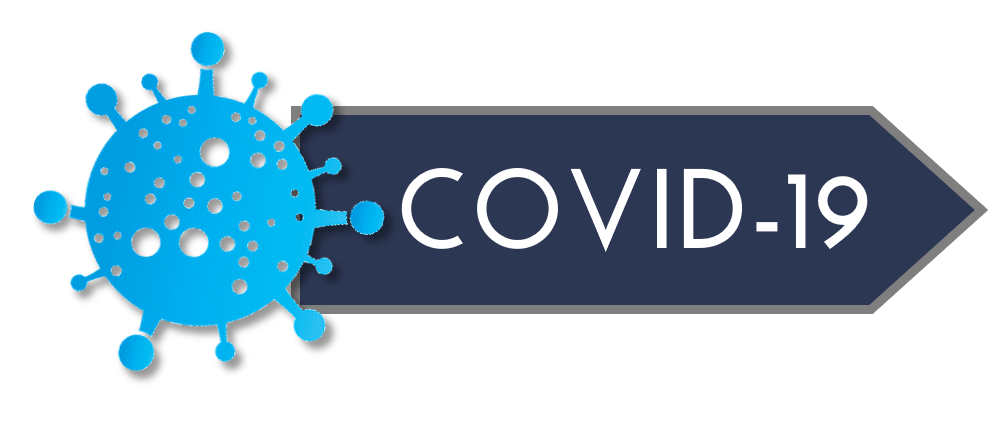The Future of Safety Management
Recognizing that their employees are most valuable assets, organizations have endeavored to improve workplace safety down the history lane. Before the 1960s, the approach to safety management in the high-risk industries back then was based on the ideology of reliability engineering, a field that studies and assesses the probability of risks issues such as equipment failure among others. Information was generated about the possibility of accidents and losses, and improvements in safety ensured from accident investigations.
Due to increased public awareness of risk issues back then, the foundation of a more proactive approach was being laid. Today, several accident prevention approaches such as safety training dominate the scene of play; however, with the recent eruption of technology, the evolution of safety management has just gained momentum.
“Security is mostly a superstition. Life is either a daring adventure or nothing.” — Helen Keller
According a report published by the Bureau of Labor Statistics, the initial safety gains from prevention approaches have started to level off. What’s the problem? The simple answer is that employees keep forgetting what they learn. Despite the fact that they have been an improvement in environmental safety in most workplaces, the report indicated that the number of employees away from work due to injuries has been constant for years now.
Back injuries, trips and falls, eye injuries and others are still common despite the safety measures, training and an increase in workplace safety programs. To solve the safety puzzle, modern supervisory and management strategies have been borne. They aim to address the memory problem.
Brain science approaches
This approach fills the gap between the point of training and that of delivery and real performance. The traditional safety approaches has failed not because the training was poor, but because majority could not move the acquired knowledge during hiring and orientation practices from short term memory to long-term memory. Thus they keep forgetting the safety measures.
Active recall, a process of retrieving knowledge from memory is a fruit of the cognitive discovery that will help many companies comply with Affordable Care Act compliance and benefit advisement. This process involves asking and answering simple previously learned safety concepts to help trainees actively recall what they stored in short-term memory and commit it more firmly in their long-term memory.
With this also comes the interval reinforcement. This process involves delivering information to trainees repeatedly over period of thirty to sixty days. When spaced learning is done with the right spacing, great results have been achieved in knowledge retention. Mobile technology and gamification has been used to accelerate and engage learners in learning. And with the increased use of smartphones and tablets in the recent past, the revolution show is yet to begin.







No comments yet.